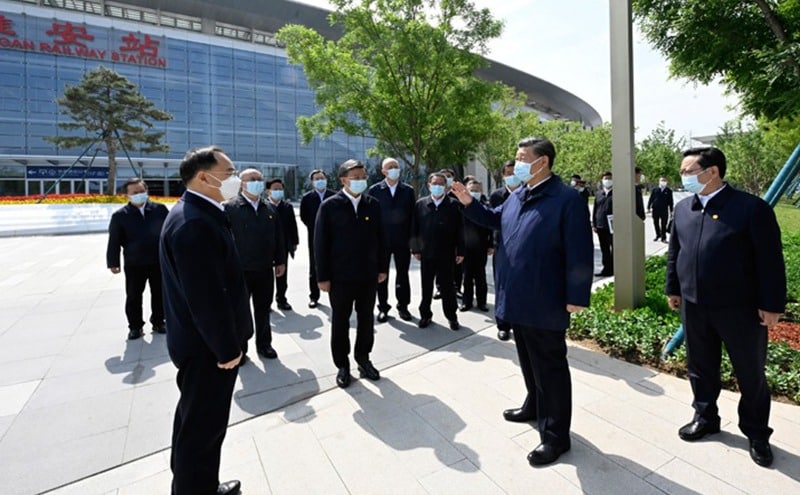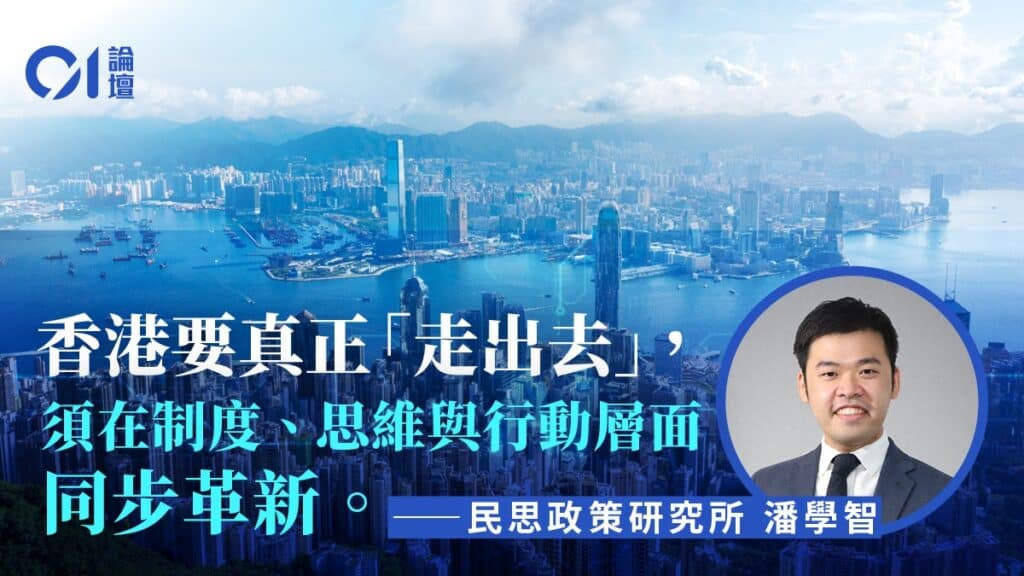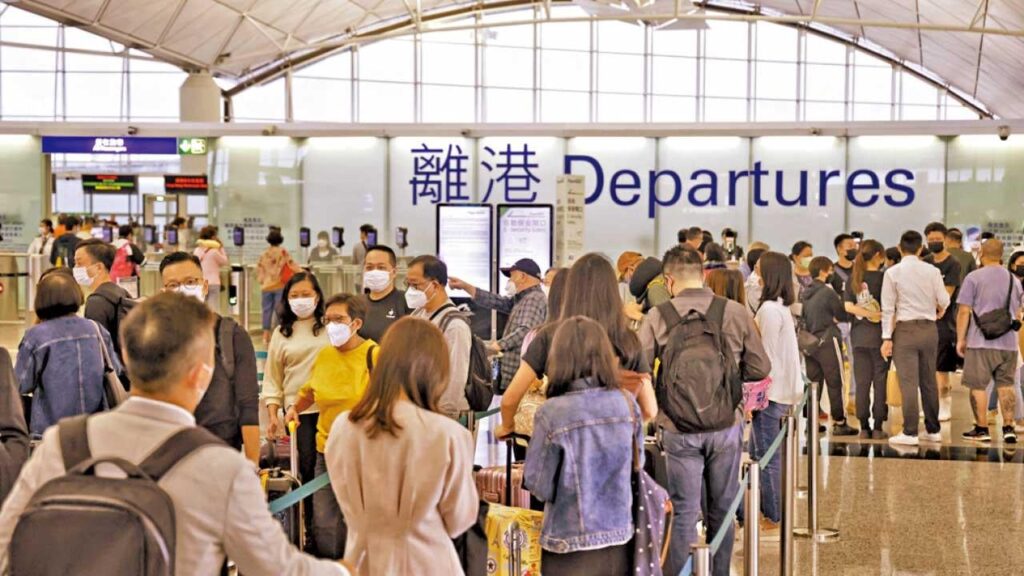Beijing-Tianjin-Hebei, the Yangtze River Delta and the Guangdong-Hong Kong-Macao Greater Bay Area are the three major metropolitan areas of China's economic layout, radiating and driving the development of the northern, central and southern regions. President Xi Jinping visited Xiongan New Area last week, accompanied by three members of the Standing Committee of the Political Bureau, who proposed to make the Beijing-Tianjin-Hebei region a pioneer and demonstration area for Chinese-style modernization. With similar positioning, only Shenzhen is a pioneer demonstration zone for socialism with Chinese characteristics and Shanghai Pudong is a leading zone for socialist modernization. This means that Beijing, Tianjin and Hebei will set up different reform pilots and have a variety of national-level policy dividends. This "thousand-year plan" has once again become the focus of attention.
Xiongan New Area focuses on relieving Beijing's non-capital functions, carrying overflow population, and alleviating Beijing's chronic urban problems such as traffic congestion and serious pollution. Xi Jinping made it clear that supporting Xiongan is an "obligatory political responsibility," and officialdom responded. The headquarters of four state-owned enterprises, namely China Star Network, Sinochem China, China Huaneng and China Mineral Resources Group, and more than 140 branches and subsidiaries of state-owned enterprises have chosen their locations. More than 2,000 manufacturing companies have moved out of Beijing, industrial and commercial land such as logistics and wholesale, and people's livelihood facilities such as schools and hospitals will also be transferred one after another.
Xiongan High-speed Railway Station is the largest railway station in Asia. It only takes 50 minutes to get to Beijing and 19 minutes to Daxing Airport at the fastest. Xiongan is in the stage of large-scale construction. Since its establishment, 270 key projects have been launched with a total investment of 664.1 billion yuan, and a number of infrastructure projects have been completed. The International Trade Center and the Convention and Exhibition Center are connected to the comprehensive transportation system. It is called the blood of modern cities by Xi Jinping. It gathers people and logistics, attracts domestic and foreign capital, and creates marketization and rule of law with innovation and technology industries such as life sciences, biotechnology, and new materials as the core. and a world-class business environment.
Rising from scratch, Xiongan can establish smart city management that blends reality and reality. Each building will exchange geospatial data at the beginning of construction, forming a "digital twin city" that is constructed simultaneously with the real city. 153 kilometers of electronic roads fully cover an area, and smart lampposts that can identify the number and speed of vehicles are installed to help cars identify traffic lights and road signs and reduce traffic jams. Leveraging city-level IoT, three driverless bus lines are being trialled, setting an example for future city planning and management.
It has been nine years since Beijing-Tianjin-Hebei integration was promoted to a national strategy. Unlike the export-oriented Guangdong-Hong Kong-Macao Greater Bay Area and the Yangtze River Delta, where Shanghai, Jiangsu, Zhejiang and Anhui each have their own strengths, the capital concept of Beijing-Tianjin-Hebei has long had an absolute advantage. . The Bohai Rim Economic Circle and Beijing Rim Economic Circle proposed in the past are also inseparable from the development of complementary economies with Beijing as the center. Beijing's status as the capital has concentrated public resources in one place. Xiongan New Area is an undeveloped rural area and cannot attract talents and funds on its own. This inspection once again strengthened government leadership and used executive will to break through administrative barriers and open up the flow of factors, which is the most effective development strategy for the Beijing-Tianjin-Hebei region.
Source:https://www.thinkhk.com/article/2023-05/16/60378.html



